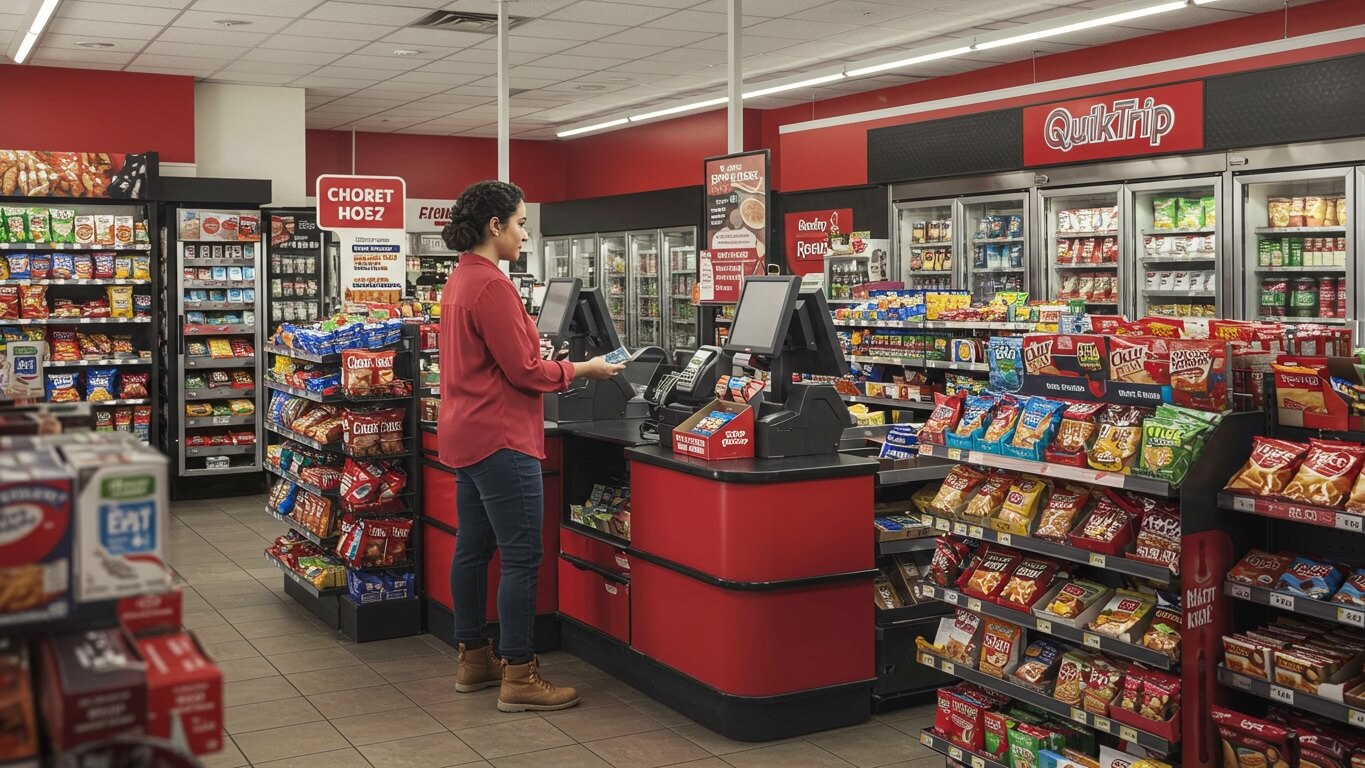Figuring out if you can get food stamps, also known as SNAP (Supplemental Nutrition Assistance Program), can be tricky. Many people wonder if owning a house automatically makes you ineligible. The rules aren’t always simple, and there are a bunch of different things that the government looks at when deciding if you qualify for help with buying food. Let’s break down how homeownership plays a part in getting food stamps.
Does Owning a Home Disqualify You?
The simple answer is no, owning a house doesn’t automatically stop you from getting food stamps. It’s not just about whether you own a home; they look at a lot of different things.

Income Limits and SNAP Eligibility
Your income is a big deal when it comes to SNAP. They want to know how much money you and everyone in your household make. There are income limits, and these limits change depending on the size of your family. If your income is too high, you won’t qualify, no matter what else is going on.
To figure out if you are eligible, here’s an idea of what the government might be looking at:
- Gross monthly income (before taxes)
- Net monthly income (after certain deductions)
- Asset limits
States have their own rules, so the exact income limits can vary. You will want to look up your local guidelines.
These income limits are meant to help make sure SNAP benefits go to the people who really need them, like those with low incomes or those facing financial hardships.
The Impact of Mortgage Payments
Your mortgage payments can affect your eligibility. SNAP considers housing costs, including your mortgage, when figuring out your benefits. This is because your housing costs, like the mortgage payment, are a big part of your monthly expenses. The higher your housing costs, the more SNAP might help you out.
Let’s imagine you have a $1,500 mortgage payment. This is considered a significant expense.
SNAP will consider your mortgage payment when determining your benefit amount. Some of your mortgage might be deducted from your income before they calculate your food stamp amount. This can lead to you qualifying, or getting a higher amount.
It is good to understand how your mortgage payment could affect your SNAP benefits.
Other Deductible Expenses That Matter
Besides your mortgage, there are other expenses that SNAP might consider when calculating your eligibility and benefits. These are costs that can be subtracted from your gross income, which then lowers your countable income, and possibly increases your SNAP benefits.
Here are some examples of other expenses that can be deducted. Make sure to check your local SNAP guidelines, as some deductions may vary.
- Medical expenses for elderly or disabled household members.
- Childcare costs so you can work or attend school.
- Some utility expenses (like electricity and heating).
- Child support payments.
By deducting these expenses, SNAP tries to give you a more accurate picture of your financial situation.
Keep track of these expenses so you can provide documentation during your application process.
Asset Limits and Homeownership
SNAP also looks at the value of your assets, which are things you own, like a house, a car, or money in the bank. There are limits on how much you can have in assets to qualify for SNAP. However, the good news is that your primary home (the one you live in) is usually not counted as an asset.
This means even if your house is worth a lot of money, it won’t automatically disqualify you from SNAP. This is because the government understands that owning a home doesn’t always mean you have a lot of extra cash on hand for food.
However, there are some exceptions. For example, if you own multiple properties, the second one might be counted as an asset.
Make sure to check your local SNAP guidelines. Not all states have the same rules.
The Role of Other Resources
SNAP doesn’t work in a vacuum. They also look at any other resources you have available. This could include other government assistance programs, like unemployment benefits, or any financial help you might be getting from family or friends. They want to know what other ways you’re getting help.
Also, any other sources of income, such as Social Security or a pension, will be factored into your eligibility.
Here’s a table showing the types of income that are usually considered:
| Type of Income | Example |
|---|---|
| Earned Income | Wages from a job |
| Unearned Income | Social Security Benefits |
| Other Assistance | Unemployment Benefits |
The goal is to get a complete picture of your finances.
How to Apply for SNAP
The application process for SNAP can seem a little confusing, but it’s designed to make sure the benefits go to those who truly need them. You can typically apply online, in person at your local SNAP office, or sometimes even by mail.
You will have to provide information about your income, your household members, your expenses, and your assets. You’ll probably need to show proof of your income, like pay stubs, and provide documentation for your expenses, like your mortgage statement.
The application process involves these steps:
- Gather necessary documents.
- Complete the application.
- Submit the application.
- Attend an interview.
After you apply, they’ll review everything and let you know if you’re approved. If approved, you’ll get an EBT (Electronic Benefit Transfer) card, which works like a debit card to buy groceries.
In conclusion, owning a house doesn’t automatically disqualify you from getting food stamps. SNAP eligibility is based on a combination of factors, including your income, assets, and housing costs. It’s always a good idea to check the specific rules in your state and apply if you think you might qualify, as your eligibility depends on your personal situation.